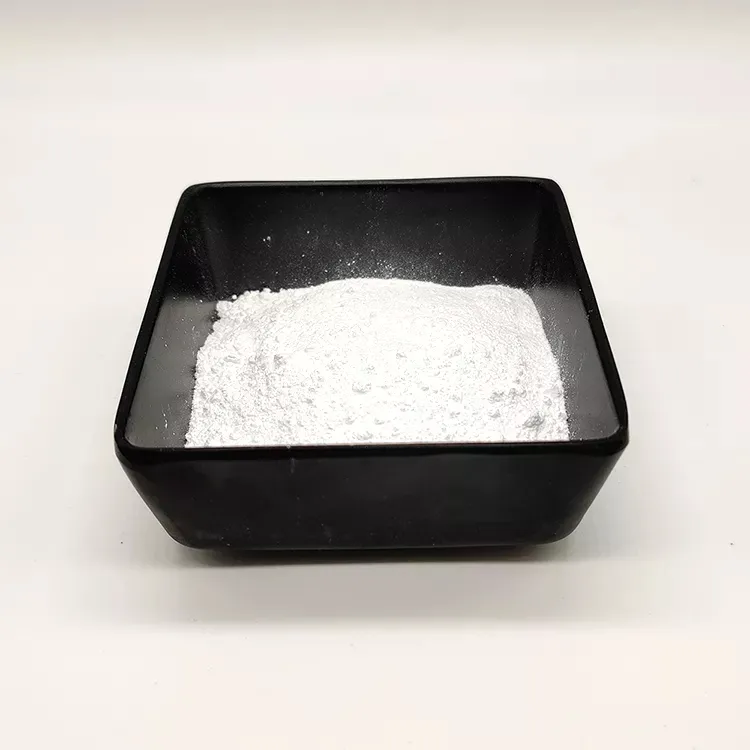Warning: Undefined array key "title" in /home/www/wwwroot/HTML/www.exportstart.com/wp-content/themes/1198/header.php on line 6
Warning: Undefined array key "file" in /home/www/wwwroot/HTML/www.exportstart.com/wp-content/themes/1198/header.php on line 7
Warning: Undefined array key "title" in /home/www/wwwroot/HTML/www.exportstart.com/wp-content/themes/1198/header.php on line 7
Warning: Undefined array key "title" in /home/www/wwwroot/HTML/www.exportstart.com/wp-content/themes/1198/header.php on line 7
- Afrikaans
- Albanian
- Amharic
- Arabic
- Armenian
- Azerbaijani
- Basque
- Belarusian
- Bengali
- Bosnian
- Bulgarian
- Catalan
- Cebuano
- China
- China (Taiwan)
- Corsican
- Croatian
- Czech
- Danish
- Dutch
- English
- Esperanto
- Estonian
- Finnish
- French
- Frisian
- Galician
- Georgian
- German
- Greek
- Gujarati
- Haitian Creole
- hausa
- hawaiian
- Hebrew
- Hindi
- Miao
- Hungarian
- Icelandic
- igbo
- Indonesian
- irish
- Italian
- Japanese
- Javanese
- Kannada
- kazakh
- Khmer
- Rwandese
- Korean
- Kurdish
- Kyrgyz
- Lao
- Latin
- Latvian
- Lithuanian
- Luxembourgish
- Macedonian
- Malgashi
- Malay
- Malayalam
- Maltese
- Maori
- Marathi
- Mongolian
- Myanmar
- Nepali
- Norwegian
- Norwegian
- Occitan
- Pashto
- Persian
- Polish
- Portuguese
- Punjabi
- Romanian
- Russian
- Samoan
- Scottish Gaelic
- Serbian
- Sesotho
- Shona
- Sindhi
- Sinhala
- Slovak
- Slovenian
- Somali
- Spanish
- Sundanese
- Swahili
- Swedish
- Tagalog
- Tajik
- Tamil
- Tatar
- Telugu
- Thai
- Turkish
- Turkmen
- Ukrainian
- Urdu
- Uighur
- Uzbek
- Vietnamese
- Welsh
- Bantu
- Yiddish
- Yoruba
- Zulu
Nov . 07, 2024 00:39 Back to list
xanthan gum origins and production process
Xanthan gum is a polysaccharide widely utilized in various industries, especially in food and cosmetics, due to its unique thickening and stabilizing properties. Its origins trace back to the fermentation processes involving the bacterium Xanthomonas campestris, which is primarily found on plants, particularly cruciferous vegetables such as cabbage and broccoli. This biopolymer was first discovered in the 1960s and has since gained significant commercial importance.
The production process of xanthan gum begins with the cultivation of Xanthomonas campestris in a controlled environment. Typically, this involves growing the bacterium in a nutrient-rich medium that includes sources of carbohydrates, proteins, and minerals. The fermentation occurs in bioreactors, where conditions such as temperature, pH, and aeration are meticulously monitored to optimize the growth and yield of the bacterium. During this fermentation phase, the bacteria metabolize the nutrients, secreting xanthan gum as a byproduct.
Once fermentation is complete, the xanthan gum is extracted from the culture broth. This is generally accomplished through a series of filtration and precipitation steps. Initially, the broth is clarified to remove bacterial cells and other impurities. Subsequently, ethanol or isopropanol is added to promote the precipitation of xanthan gum, which is then collected by centrifugation.
xanthan gum origins and production process

After extraction, the xanthan gum undergoes several purification processes to ensure that it meets food-grade standards. This may involve additional washing and drying techniques. The final product is typically a free-flowing powder that can be rehydrated into a viscous gel when mixed with water.
Xanthan gum's versatility is evident in its applications. In the food industry, it acts as a thickener, stabilizer, and emulsifier; for instance, it is commonly found in salad dressings, sauces, and gluten-free products. Beyond food, xanthan gum has also found its place in personal care items like lotions and gels, as well as in pharmaceuticals and oil drilling, proving its significance across diverse sectors.
In conclusion, xanthan gum is a remarkable biopolymer with roots in microbial fermentation. Its production involves a sophisticated process of cultivation, extraction, and purification, culminating in a substance that plays a crucial role in enhancing the texture and stability of a wide array of products. As demand for natural and effective thickening agents continues to grow, xanthan gum is poised to remain a key ingredient in many formulations.
Latest news
-
Certifications for Vegetarian and Xanthan Gum Vegetarian
NewsJun.17,2025
-
Sustainability Trends Reshaping the SLES N70 Market
NewsJun.17,2025
-
Propylene Glycol Use in Vaccines: Balancing Function and Perception
NewsJun.17,2025
-
Petroleum Jelly in Skincare: Balancing Benefits and Backlash
NewsJun.17,2025
-
Energy Price Volatility and Ripple Effect on Caprolactam Markets
NewsJun.17,2025
-
Spectroscopic Techniques for Adipic Acid Molecular Weight
NewsJun.17,2025

